Lanxess AG in partnership with BOGE Elastmetall GmbH has developed the first all-plastic brake pedal.
Story by: Deepti Thore
Light-weighting has moved beyond lighter body panels and reinforcements to looking at every nut and bolt that goes into making a high-performance vehicle. Brake assemblies are no exception. Addressing this growing demand for lightweight braking solutions, Lanxess AG through its High-Performance Materials (HPM) business unit in partnership with BOGE Elastmetall GmbH (BOGE) is claimed to have developed a first-of-its-kind all-plastic brake pedal made using thermoplastics. The all-plastic brake pedal finds application in motorsports, the testbed for anything automotive. An outcome of Lanxess leveraging its expertise in the development and manufacturing of modern plastics and BOGE putting to good use its exposure to vibration technology and plastic applications in the automotive industry. The brake pedal is said to have been specially designed in keeping with the high load requirements of motorsports. In this case, a battery-electric sports car.
The DNA
 Claimed to shave off 50 per cent weight of a steel brake pedal, the plastic brake pedal offers higher mechanical strength courtesy a thermoplastic composite design. The company credits the multi-axial fibre layer construction of the Tepex Dynalite besides the additional tape reinforcement. The brake pedal for the battery-electric sports car uses a composite structure with a polyamide 6 matrix. A precise combination of layers is arranged in various orientations. Made up of continuous glass-fibre fabric with fibres arranged at 45-degree angles on the two covering layers lend to the high torsional strength of the pedal. Multiple tapes with glass-fibre rovings are used in the brake pedal to reinforce the bottom side of the component. Owing to the mutually compatible plastic matrices of the tape and Tepex, the tapes can simply be welded onto the Tepex insert using a laser. It is claimed to result in a tailor-made laminate with fibre layers known to follow load paths precisely and in a manner that meet precise load requirements.
Claimed to shave off 50 per cent weight of a steel brake pedal, the plastic brake pedal offers higher mechanical strength courtesy a thermoplastic composite design. The company credits the multi-axial fibre layer construction of the Tepex Dynalite besides the additional tape reinforcement. The brake pedal for the battery-electric sports car uses a composite structure with a polyamide 6 matrix. A precise combination of layers is arranged in various orientations. Made up of continuous glass-fibre fabric with fibres arranged at 45-degree angles on the two covering layers lend to the high torsional strength of the pedal. Multiple tapes with glass-fibre rovings are used in the brake pedal to reinforce the bottom side of the component. Owing to the mutually compatible plastic matrices of the tape and Tepex, the tapes can simply be welded onto the Tepex insert using a laser. It is claimed to result in a tailor-made laminate with fibre layers known to follow load paths precisely and in a manner that meet precise load requirements.
Ready for mass-production
 The automated manufacturing process, hybrid moulding and short cycle times are said to particularly suit large-scale production to, Averred Dr Klaus Vonberg, Project and Business Development Manager, Tepex Automotive, Lanxess, “Extensive automation allows the geometrically complex safety-critical component to be manufactured efficiently and in a manner suited to large-scale production.” The automated process of manufacturing brake pedals integrates draping of the Tepex insert and the tapes in the subsequent injection moulding process. The production starts with the accurate alignment of tapes using optical measuring systems and then positioning them on the Tepex insert so that they can be welded to it. This assembly is then thermoformed and back-moulded with polyamide 66 using an injection moulding process. The aim is to achieve a level of process, structural and functional integration that goes far beyond classic design methods in order to achieve significant weight reductions in vehicle structures. According to Dr Daniel Häffelin from the Innovation Center at BOGE Elastmetall, four different brake pedal designs are in the mass production stage based on the all-plastic version. For all component versions, the load paths are also optimised to suit the various torsion directions.
The automated manufacturing process, hybrid moulding and short cycle times are said to particularly suit large-scale production to, Averred Dr Klaus Vonberg, Project and Business Development Manager, Tepex Automotive, Lanxess, “Extensive automation allows the geometrically complex safety-critical component to be manufactured efficiently and in a manner suited to large-scale production.” The automated process of manufacturing brake pedals integrates draping of the Tepex insert and the tapes in the subsequent injection moulding process. The production starts with the accurate alignment of tapes using optical measuring systems and then positioning them on the Tepex insert so that they can be welded to it. This assembly is then thermoformed and back-moulded with polyamide 66 using an injection moulding process. The aim is to achieve a level of process, structural and functional integration that goes far beyond classic design methods in order to achieve significant weight reductions in vehicle structures. According to Dr Daniel Häffelin from the Innovation Center at BOGE Elastmetall, four different brake pedal designs are in the mass production stage based on the all-plastic version. For all component versions, the load paths are also optimised to suit the various torsion directions.
The future potential of thermoplastics
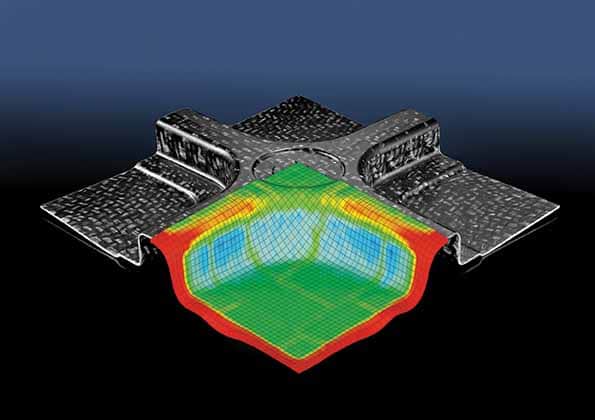 Lanxess sees great potential for thermoplastics in the future. For instance, thermoplastic composite structures with tailored fibre orientation could make inroads sooner than later with the proliferation of EVs across vehicular segments. Explained Vonberg, “Examples of applications for Tepex inserts include front-end systems and bumper beams, brackets for electrical and electronic modules, trunks and spare wheel wells, battery housings and covers, structural components in the vehicle’s ‘greenhouse’ section and structural trims in the underbody area to protect the battery.” Compared to metal structures, thermoplastic composites are also said to be suited for integration of guides, holders and fasteners eliminating the need for manufacturing processes like deburring or post-process
Lanxess sees great potential for thermoplastics in the future. For instance, thermoplastic composite structures with tailored fibre orientation could make inroads sooner than later with the proliferation of EVs across vehicular segments. Explained Vonberg, “Examples of applications for Tepex inserts include front-end systems and bumper beams, brackets for electrical and electronic modules, trunks and spare wheel wells, battery housings and covers, structural components in the vehicle’s ‘greenhouse’ section and structural trims in the underbody area to protect the battery.” Compared to metal structures, thermoplastic composites are also said to be suited for integration of guides, holders and fasteners eliminating the need for manufacturing processes like deburring or post-process
tapping. ACI



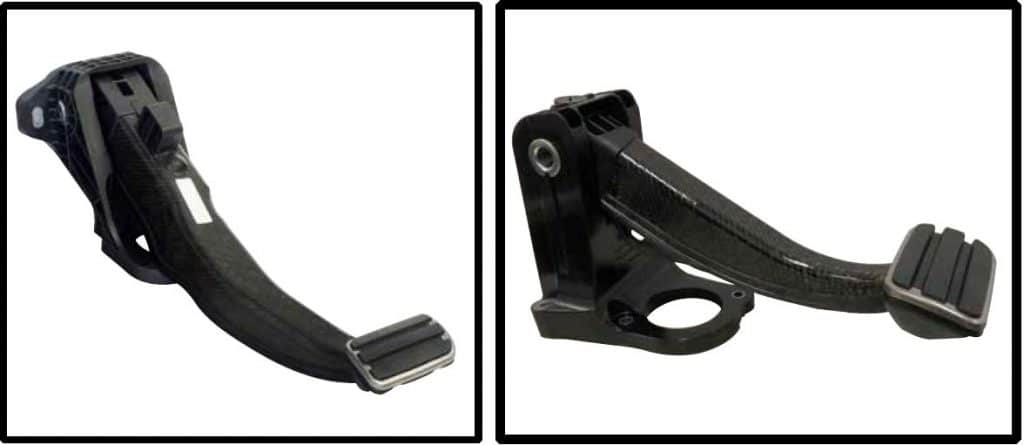


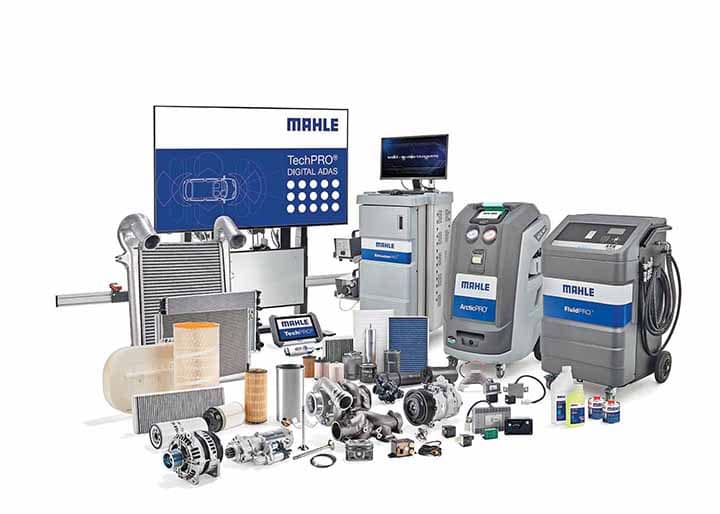



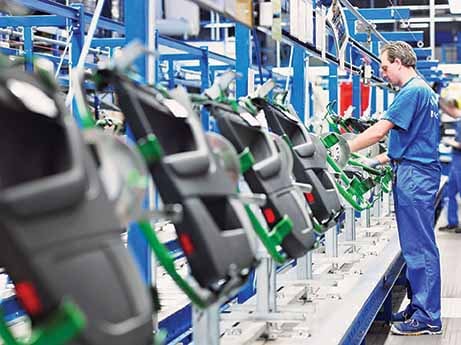

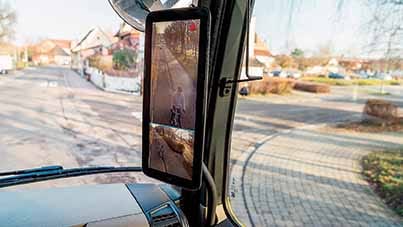
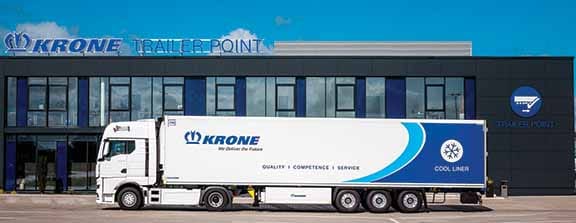

Leave a Reply